Named after a robust mountain pony, the little Austrian-built Steyr-Puch Haflinger is a storied off-road workhorse known for its amazing climbing power and surefootedness.
Never heard of it? Well it is not as famous as the Jeep or Land Rover but in terms of ruggedness, this featherlight 4x4 built from 1959 to 1974 is as tough as they come.
With four lock-synchronized gears and an optional crawling gear, the Haflinger can cope with virtually any incline, muddy or dry.
The vehicle was manufactured by Steyr-Daimler-Puch in Graz as a replacement for US Army Jeeps that were left behind for use by the Austrian forces after World War II.
The Haflinger was eventually exported to 110 countries and many are still in use around the world. Coveted and restored examples change hands for upwards of €30,000 ($34,800).
The Haflinger spread quickly across the globe, with civilian dealers established just about everywhere.
It was favoured by the Austrian military, but also by the armies of Switzerland and Sweden as well as those of Kuwait, Australia, Indonesia, Italy and Nigeria.
They all ordered the vehicle for their special purposes. Even the British Royal Navy took them for use as tugs on aircraft carriers to tow helicopters and air planes on deck.
As Austrian expert Walter Blasi explains in his book on the type: “The designs, whether civilian or military, are diverse - you could almost say that no two Haflingers are alike."
The robust simplicity of the Haflinger was summed up during military training courses when would-be soldiers were asked "What do you do if the Haflinger tips over?" The correct answer was: You simply set it upright and carry on driving.
Haflinger owners enjoyed adventures around the globe. A Haflinger was used in Siberia with pontoons attached to cross rivers, others traversed deserts with solar panels fitted for extra power and one was even tested by NASA as the possible basis for a lunar rover.
The most famous epic trip was probably the Atacama expedition, during which a Haflinger reached an altitude of 5,680 metres, setting a world altitude record for cars.
The offroader became popular as a commercial vehicle too and they proved useful on the narrow streets of European cities as snowploughs, street sweepers and rugged ambulances.
The Haflinger started in the mid-1950s when the Puch works set out designs for an all-terrain multi-purpose vehicle for civilian and military use. Various prototypes were tested and production began in 1959.
The Haflinger used an air-cooled 643cc flat-twin petrol engine with power sent to the rear or all four wheels through a five-speed manual transaxle and locking front and rear differentials.
Levers were used to engage the front axle as well as lock the front and rear differentials are located between the front seats.
The passenger compartment is pretty basic, with two front seats and two folding rear seats. The front row originally had no seat belts and instead of doors, there are safety chains to stop people falling out.
The result was probably the most uncompromising off-road vehicle ever built. Ruthlessly lean in its design features, it featured a central tubular frame, swing axle front and rear, four-wheel drive and switchable gears.
The engine seemed puny but it was enough to cope with gruelling terrain. Top speed was a modest 63 km/h and most drivers agreed that because of it the car was a pain to drive on tarmac roads.
In the course of 15 years until 1974 around 16,700 units were built and the last one was retired from the Austrian army in 1996.
Austrians were proud of their home-grown off-roader and it took part in parade on Vienna's Ringstrasse, sometimes with celebrities such as the late Queen Elizabeth II of England during a state visit and when the later deposed Shah of Persia, Reza Pahlevi came to town.
The army Haflinger was also available painted white for United Nations missions.
Like its equine namesake, the Haflinger enjoys a loyal following with numerous clubs and internet forums devoted to the vehicle, most of them in Austria.
The Hafllinger was not dropped because it had outlived its usefulness but was a victim of increasingly stringent regulations on lighting, safe seating and engine emissions.
In any case, Steyr-Puch had a larger replacement in the wings, the 710M Pinzgauer 4x4, which began production in 1971.
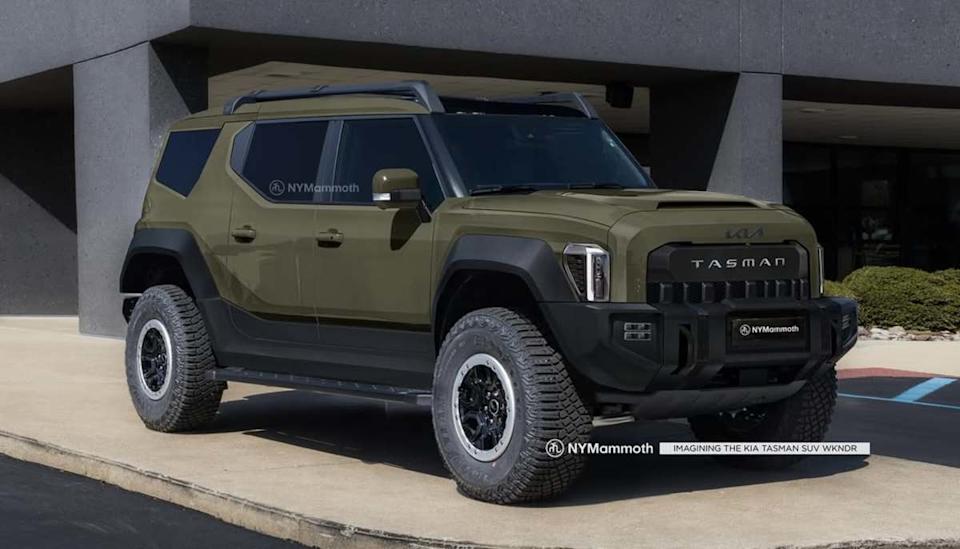

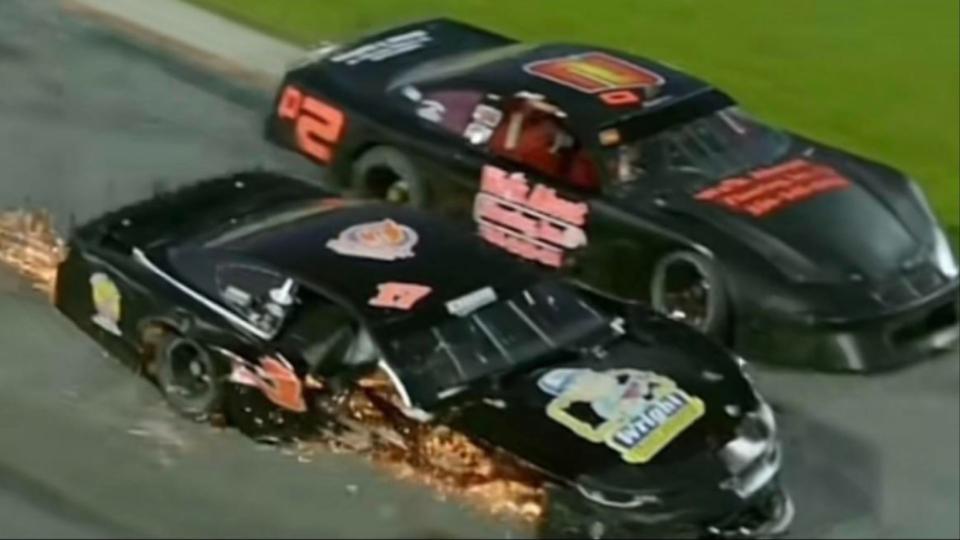
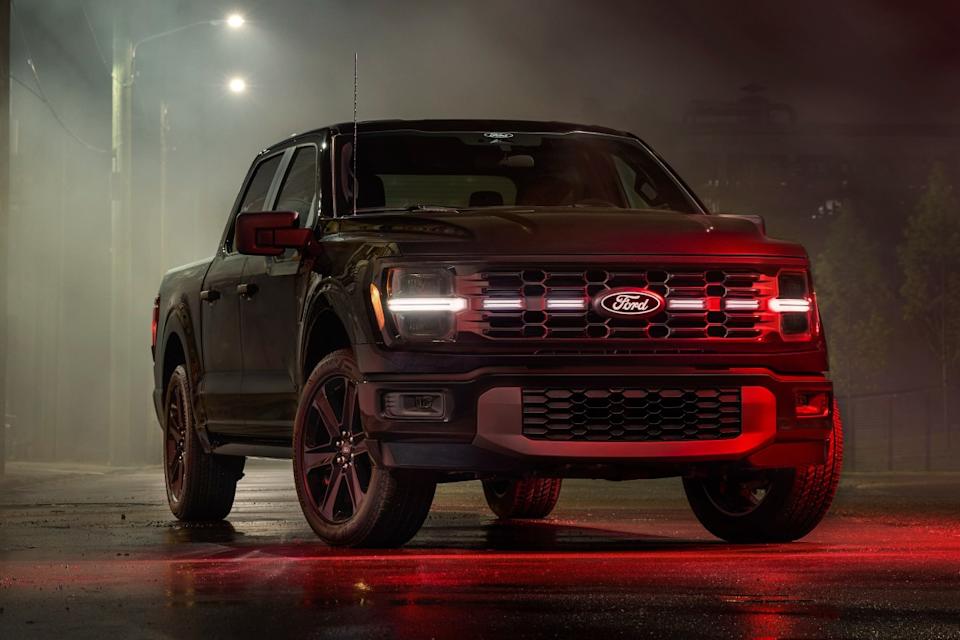
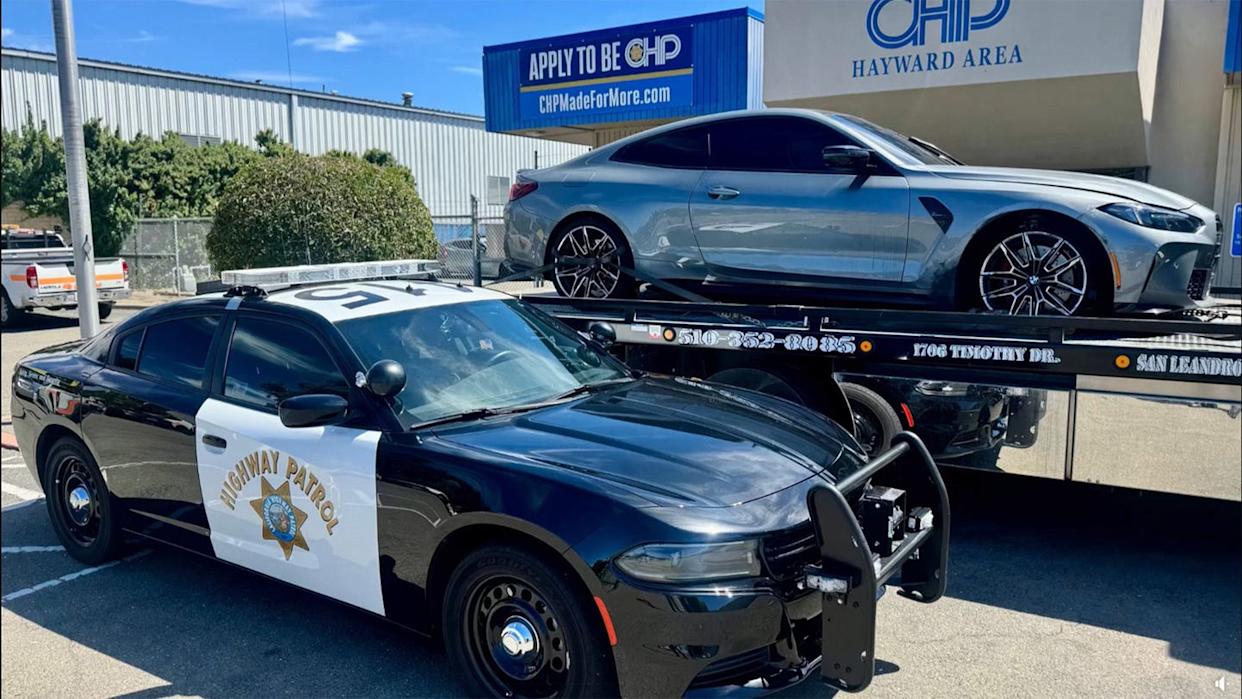

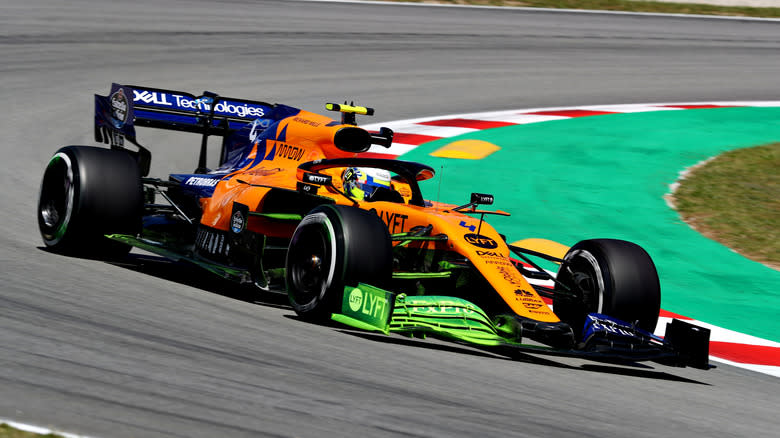
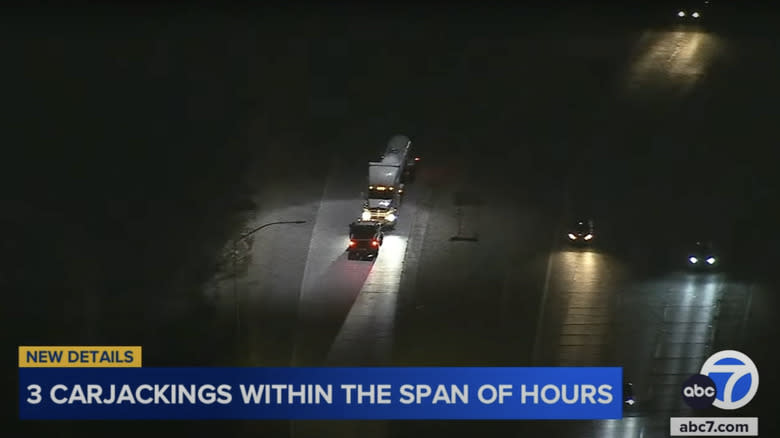
Comments